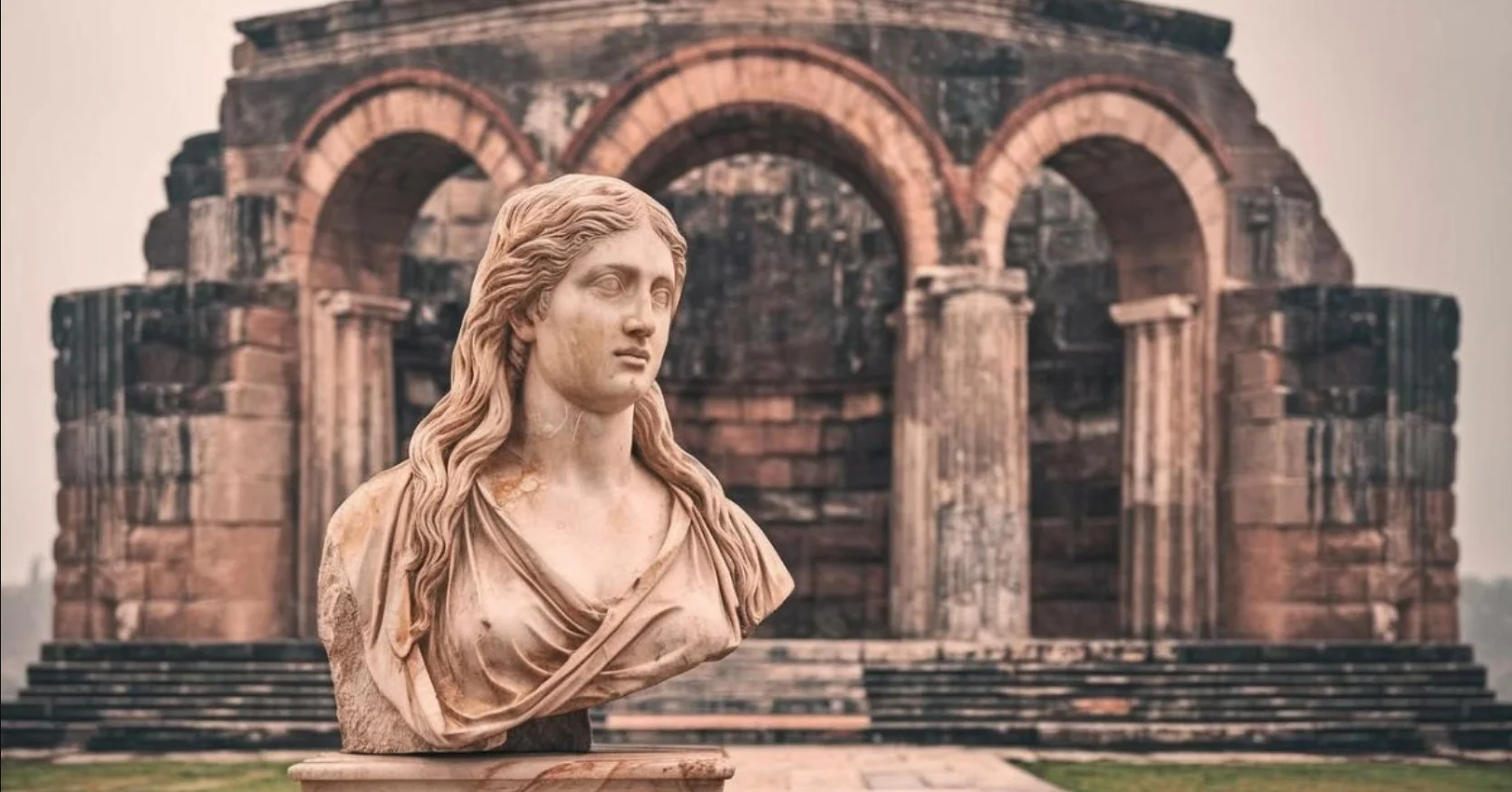The era of Catherine the Great, one of Russia’s most celebrated empresses, is synonymous with grandeur and innovation. Among her many contributions to art, culture, and governance, her influence on furniture design stands out as a testament to her refined taste and commitment to excellence. In this article, we delve deep into the history, characteristics, and enduring appeal of Catherine the Great furniture, showcasing why it continues to captivate art enthusiasts and collectors worldwide.
The Historical Context of Catherine the Great’s Era
Catherine the Great Furniture known as Catherine the Great, reigned from 1762 to 1796. Her reign marked the zenith of the Russian Empire’s cultural renaissance. Inspired by the Enlightenment ideals sweeping through Europe, Catherine championed art, literature, and architecture. She brought together the finest craftsmen, architects, and artists to shape a distinctive Russian identity that was also in harmony with European styles.
Furniture from her era reflects this blend of Russian tradition and European sophistication, particularly the influences of Rococo, Neoclassicism, and Baroque styles.
Key Characteristics of Catherine the Great Furniture
1. Opulent Materials
The furniture crafted during Catherine’s reign exudes luxury. Materials such as mahogany, ebony, and giltwood were widely used, often combined with intricate inlays of ivory, mother-of-pearl, and semi-precious stones. Gold leaf accents and silk upholstery further enhanced their regal appearance.
2. Neoclassical Influence
Under Catherine’s directive, Neoclassicism became a dominant aesthetic. Inspired by ancient Greek and Roman art, this style emphasized symmetry, clean lines, and harmonious proportions. Furniture pieces often featured fluted legs, laurel wreath motifs, and classical columns, reflecting the empress’s love for antiquity.
3. Functional Grandeur
While the designs were undeniably elaborate, Catherine’s furniture also prioritized functionality. Pieces like writing desks, commodes, and bookcases were not only visually stunning but also practical, aligning with her Enlightenment-driven belief in utility and progress.
4. Integration of Russian Iconography
Catherine the Great’s furniture often incorporated Russian motifs, such as double-headed eagles, Orthodox crosses, and traditional folk patterns. These elements emphasized her vision of blending European sophistication with Russian heritage.
Iconic Pieces of Catherine the Great Furniture
The Throne of Catherine the Great
One of the most famous artifacts from her reign, this gilded throne epitomizes opulence. Adorned with intricate carvings and velvet upholstery, the throne remains a symbol of imperial authority and artistic excellence.
The Tsarina’s Writing Desk
Catherine was an avid writer and intellectual. Her custom-designed writing desks featured hidden compartments, exquisite marquetry, and ergonomic designs—perfectly suited to her literary pursuits.
Palatial Mirrors
Large, ornately framed mirrors were a hallmark of Catherine’s interiors. These pieces not only enhanced the grandeur of her palaces but also reflected light to create a sense of spaciousness and luxury.
The Craftsmanship Behind Catherine the Great Furniture
Catherine’s vision for exceptional furniture was brought to life by some of the finest craftsmen of her time. She invited artisans from France, Italy, and Germany to work alongside Russian talent. Workshops such as the Tula Armory became renowned for their innovative techniques, including the use of metal inlays and intricate engraving.
The result was furniture that combined European precision with Russian creativity, a blend that set it apart from other styles of the period.
Catherine the Great’s Palaces: Showcases of Magnificence
Catherine’s palaces were the ultimate stage for her furniture. The Winter Palace and the Catherine Palace remain iconic for their lavish interiors, where her furniture played a central role. These spaces were meticulously designed to project power, sophistication, and cultural refinement.
The Great Hall of the Catherine Palace, with its gilded walls and intricate parquet flooring, featured furniture that perfectly complemented its grandiose architecture. Similarly, the Hermitage Pavilion housed collections of furniture that reflected Catherine’s progressive tastes.
Modern Appeal of Catherine the Great Furniture
1. Collectors’ Items
Original pieces from Catherine’s era are highly sought after in auctions and private collections. Their historical significance and unmatched craftsmanship make them valuable assets for collectors.
2. Reproductions and Inspirations
For those who cannot acquire originals, reproductions inspired by Catherine the Great Furniture are popular. These pieces bring a touch of imperial elegance to modern homes while honoring the legacy of the empress.
3. Influence on Contemporary Design
Many modern designers draw inspiration from Catherine’s aesthetic. Elements such as gold accents, Neoclassical motifs, and rich upholstery continue to influence contemporary furniture styles.
Preservation and Legacy
Preserving Catherine the Great’s furniture requires meticulous care. Institutions such as the State Hermitage Museum in St. Petersburg have dedicated teams to restore and maintain these treasures. Their efforts ensure that future generations can appreciate the artistry and history embodied in these pieces.
Catherine’s furniture remains a powerful reminder of her vision for a sophisticated and enlightened Russia. Its enduring legacy is a testament to her ability to merge the best of European and Russian cultures.
Conclusion
Catherine the Great furniture is more than just a relic of the past; it is a symbol of cultural fusion, artistic mastery, and imperial grandeur. From its luxurious materials to its intricate designs, every piece tells a story of an era that celebrated creativity and innovation. Whether as collector’s items, museum exhibits, or inspirations for modern design, Catherine the Great furniture continues to captivate and inspire.
Magazin Union guides you through the latest trends and stories, providing valuable information and perspectives on current events and more.





